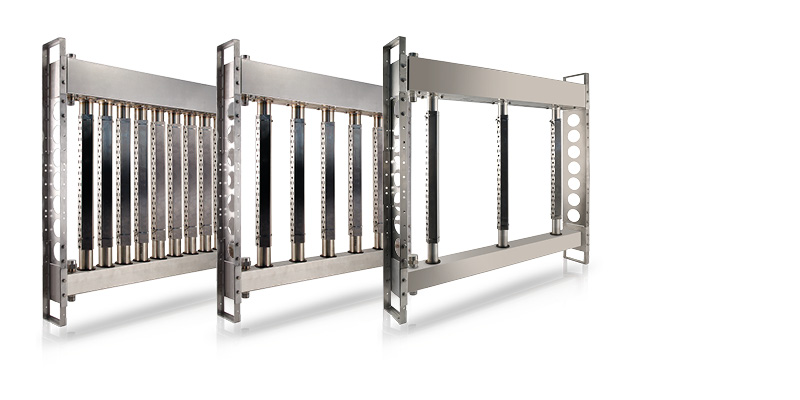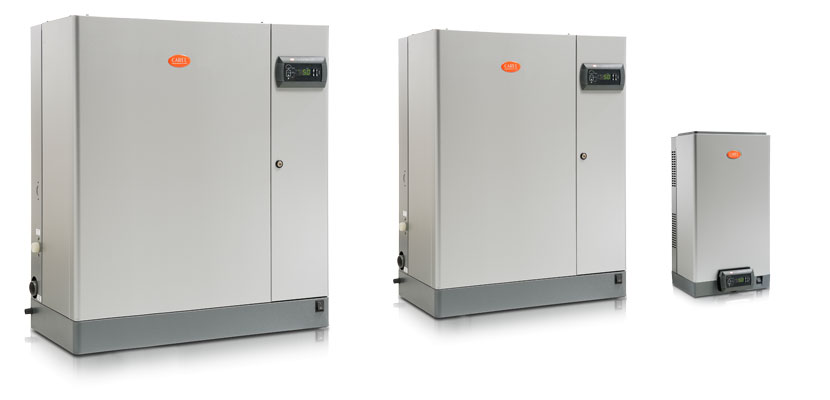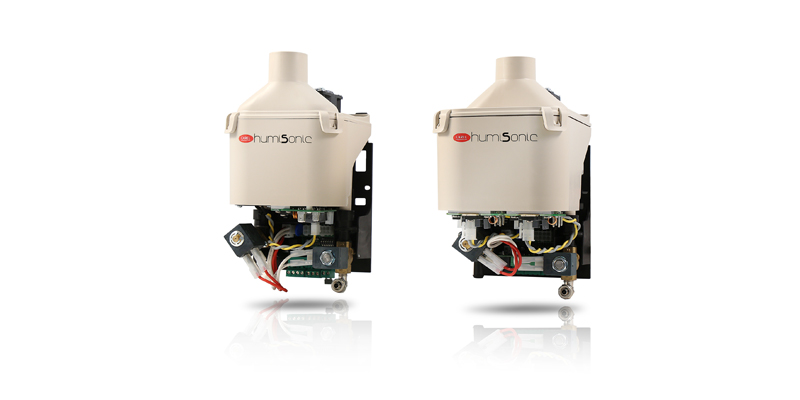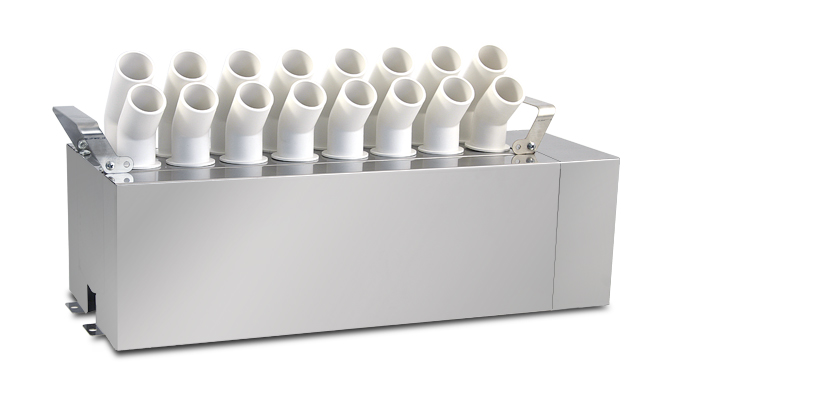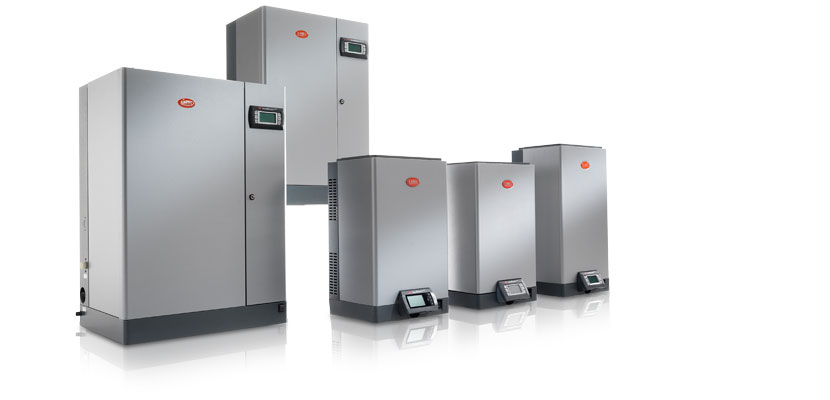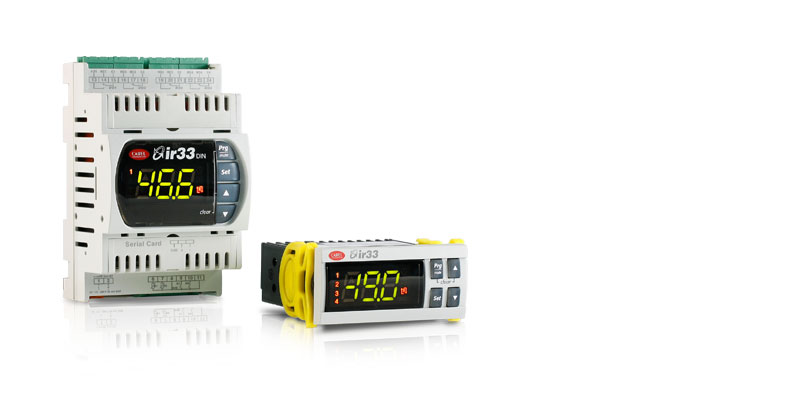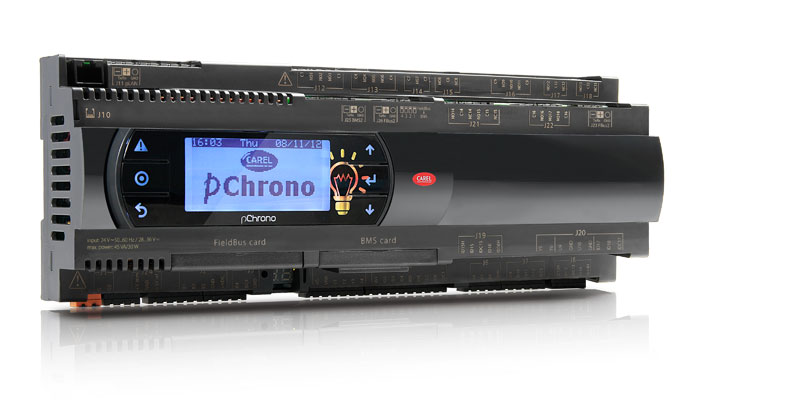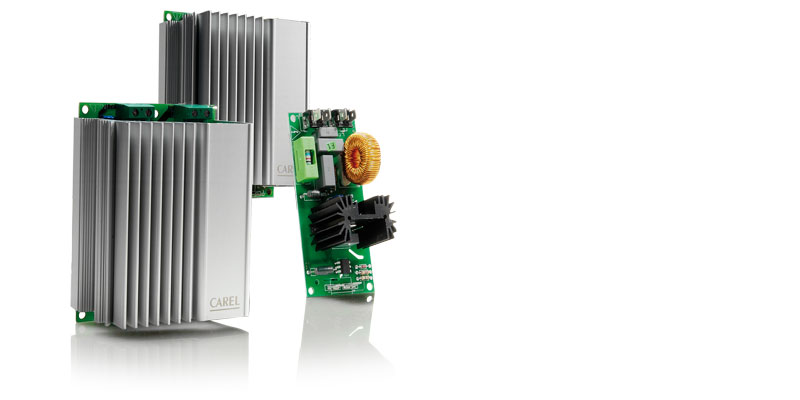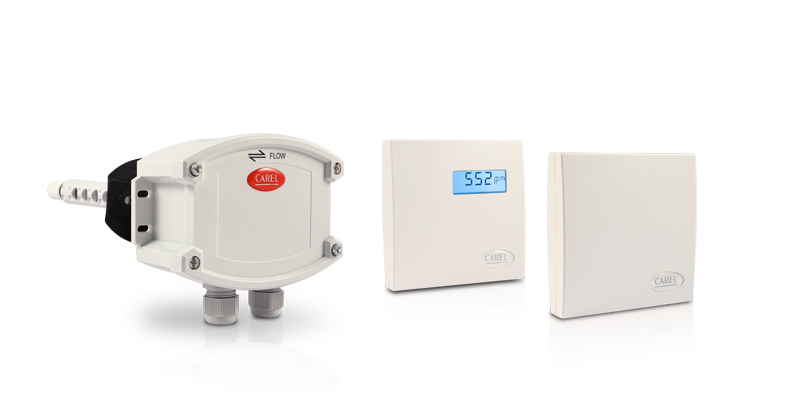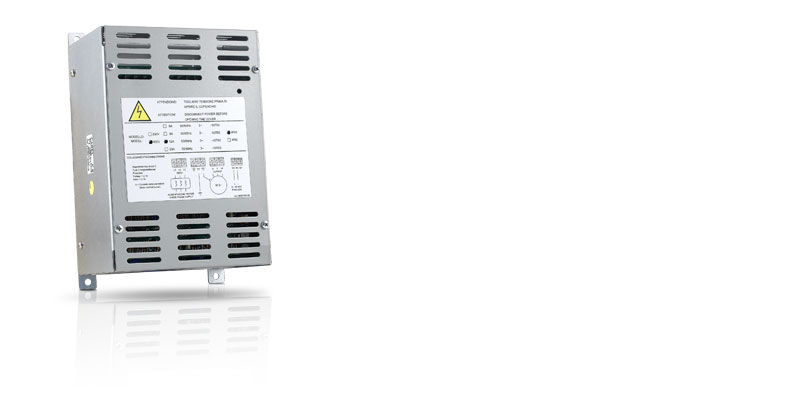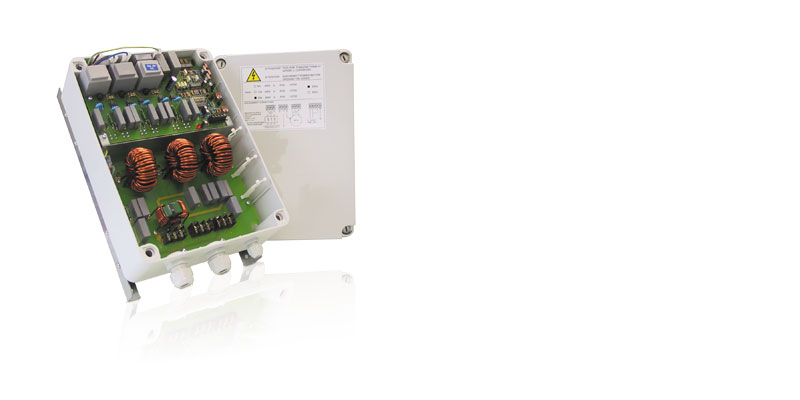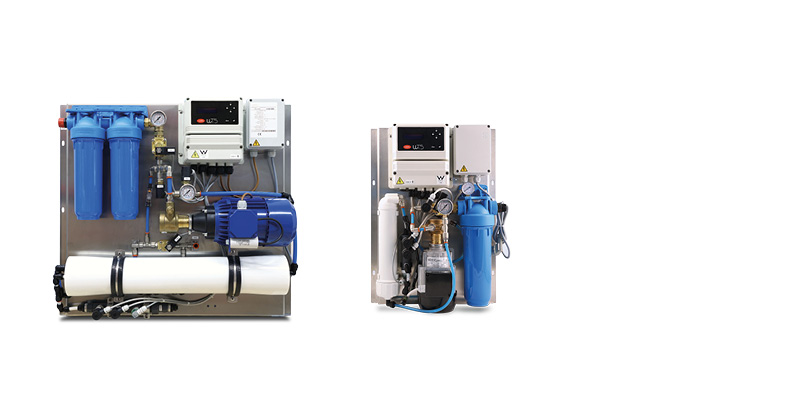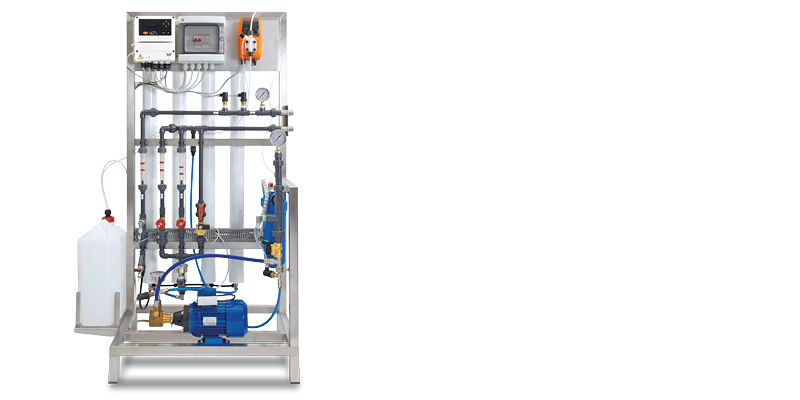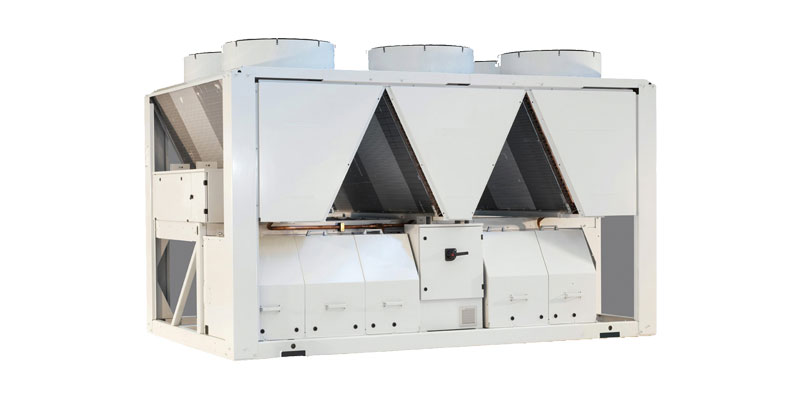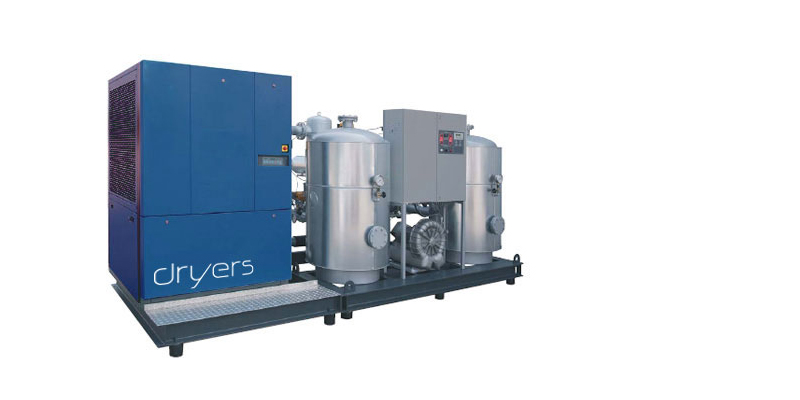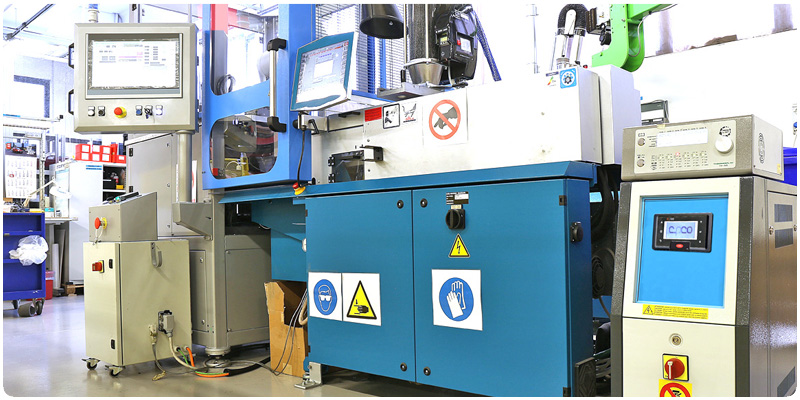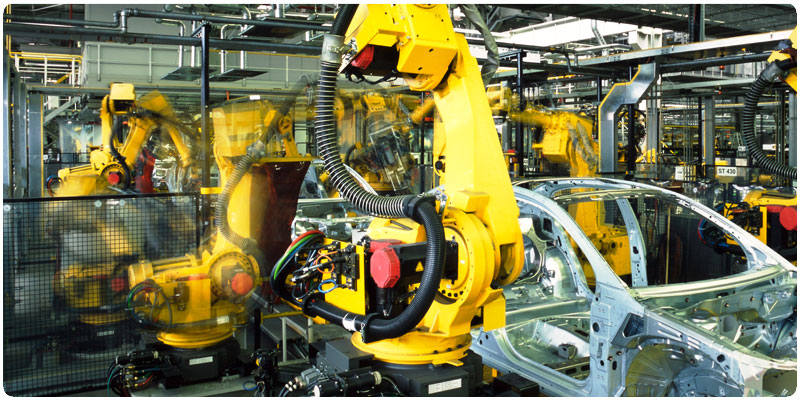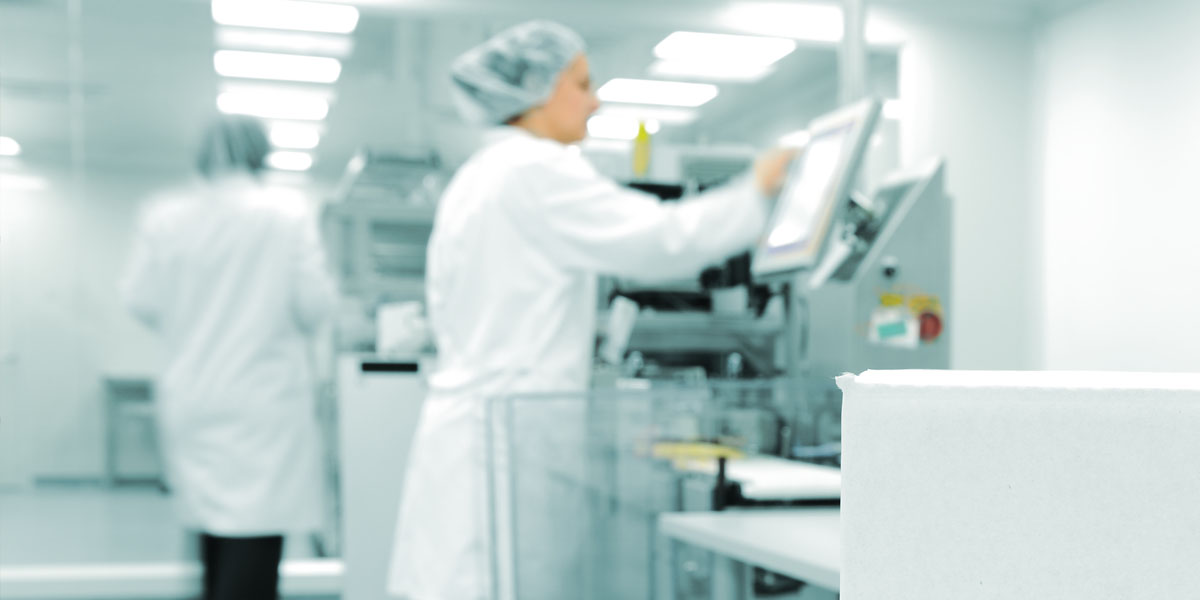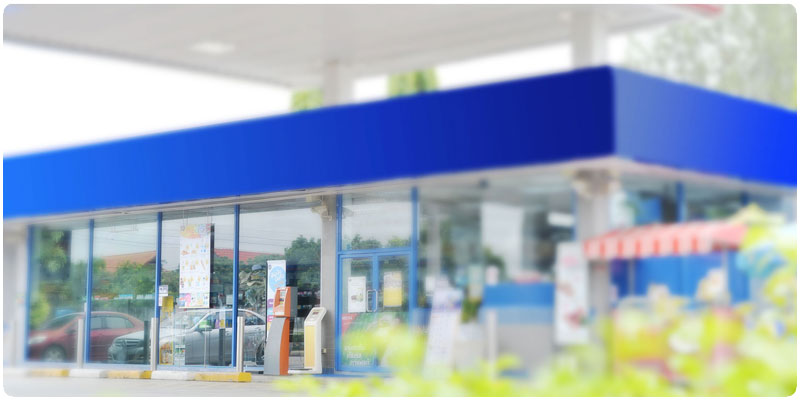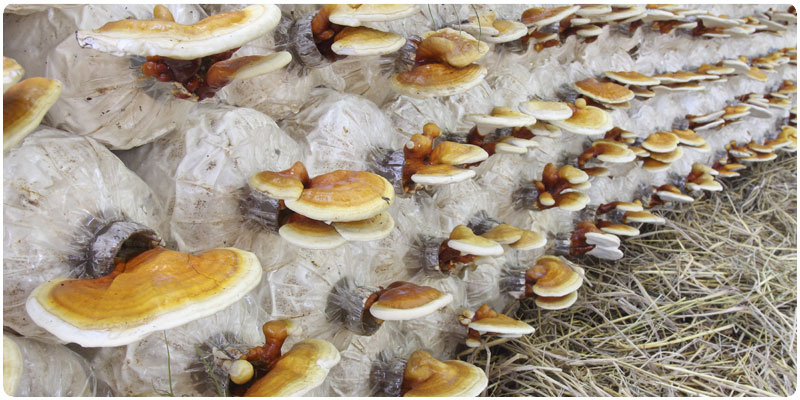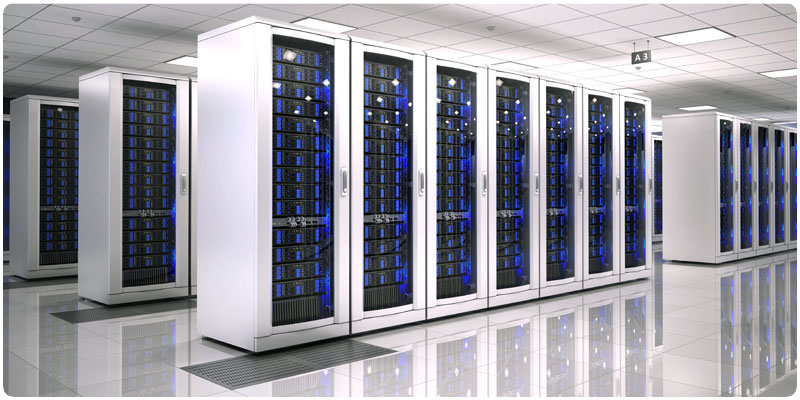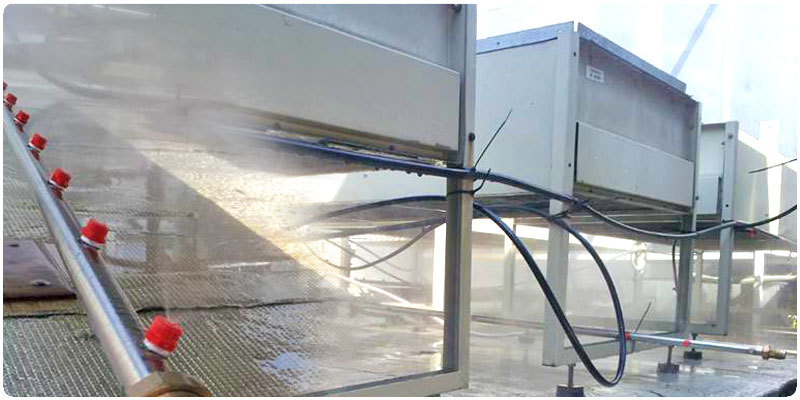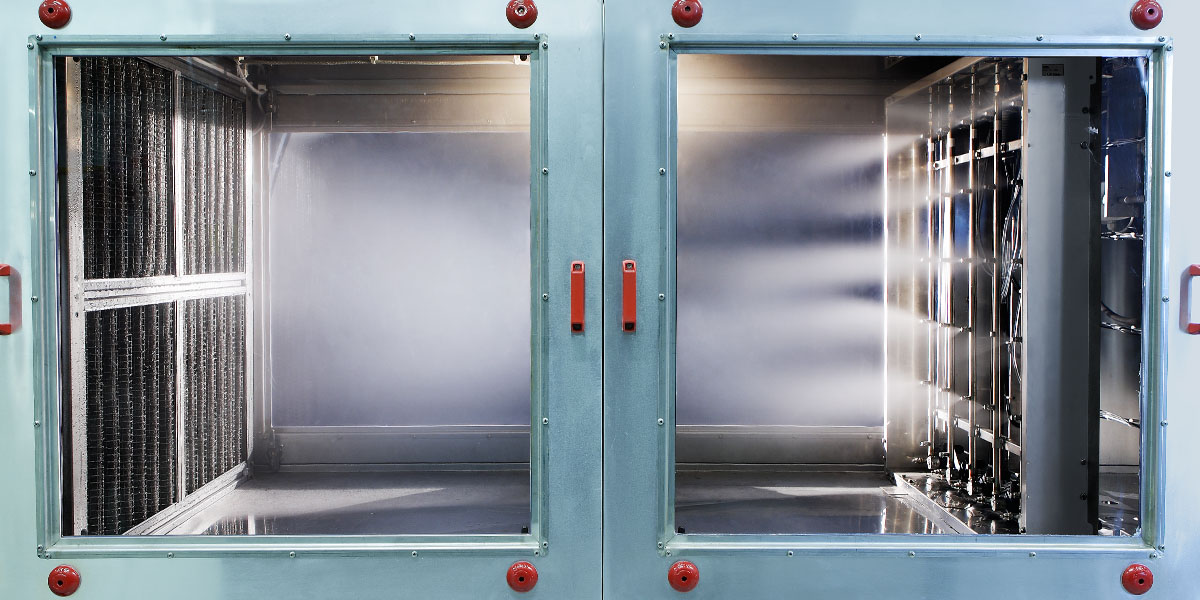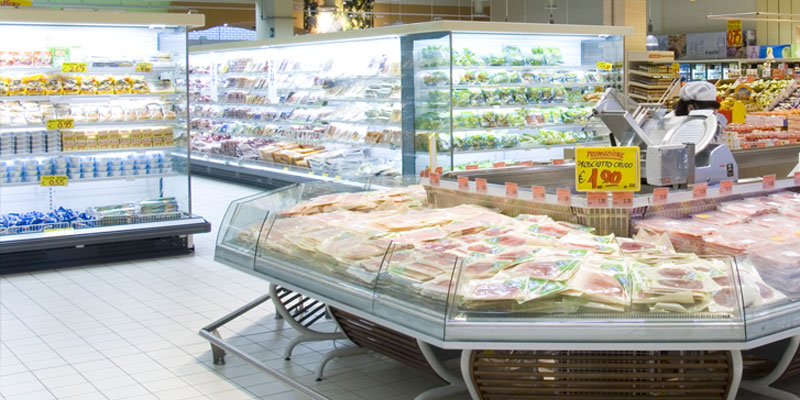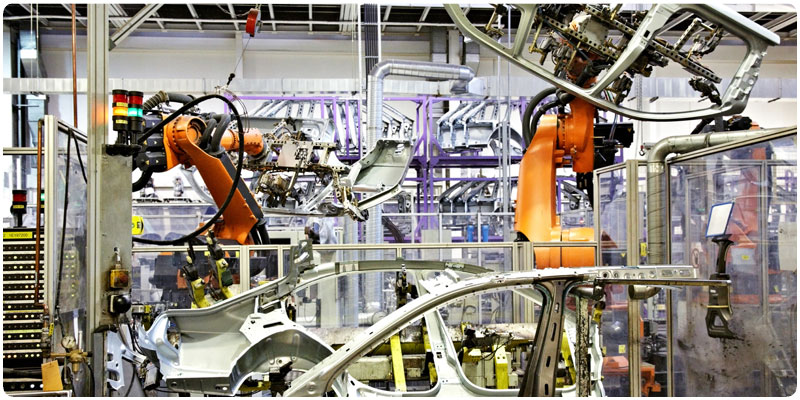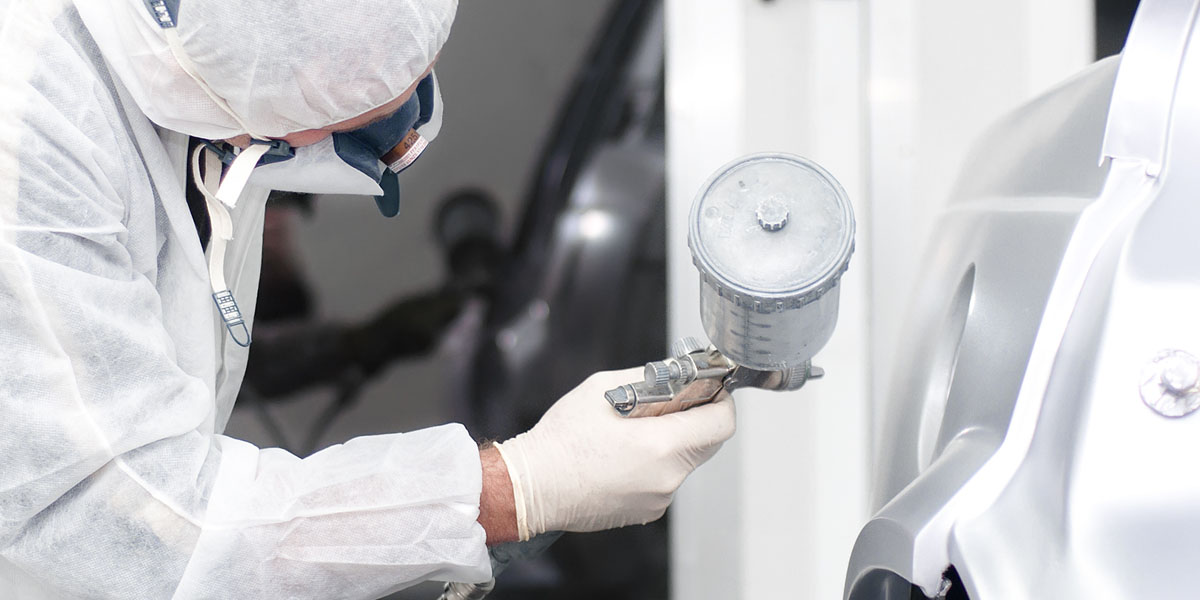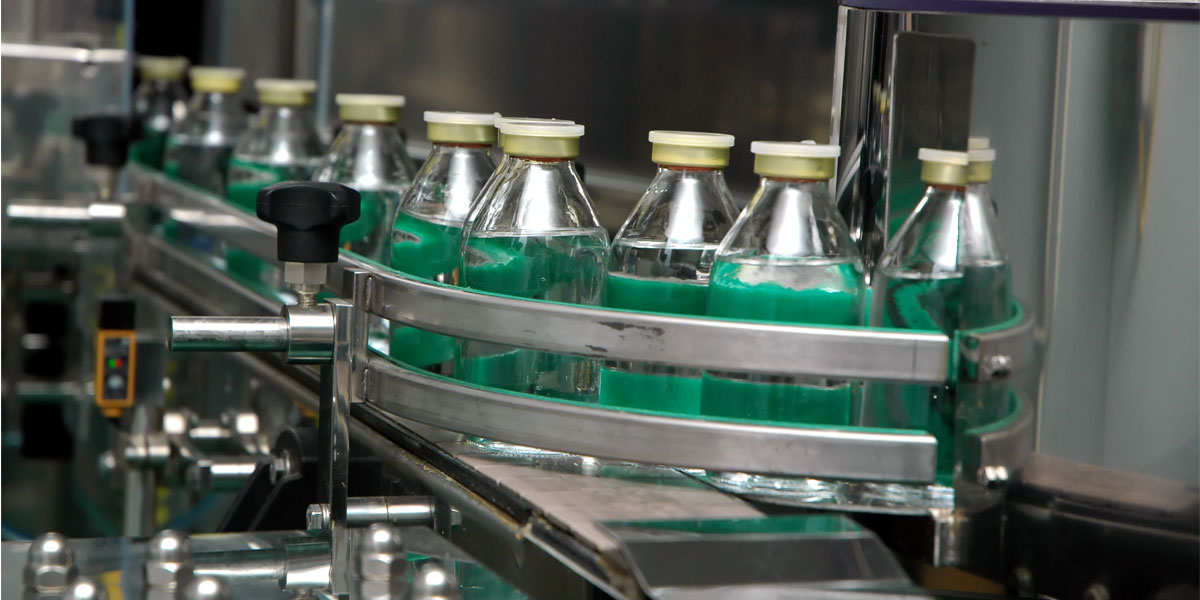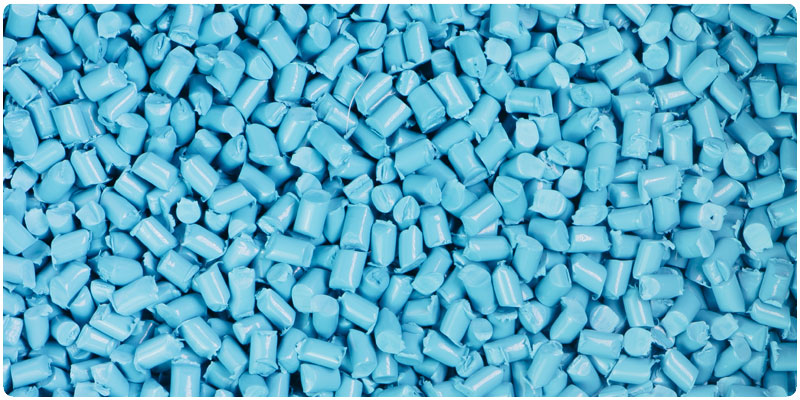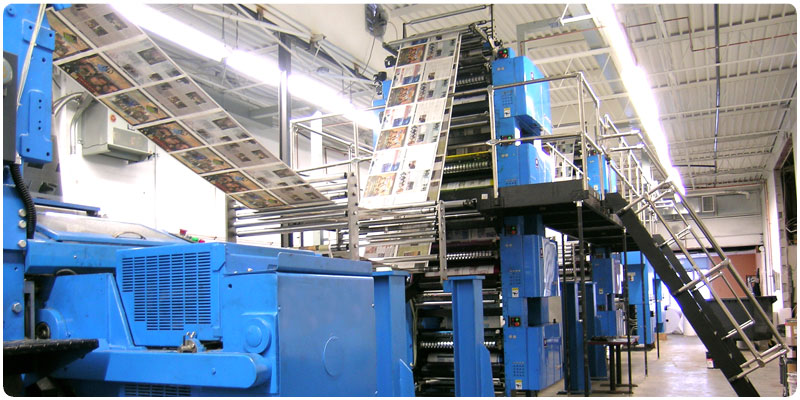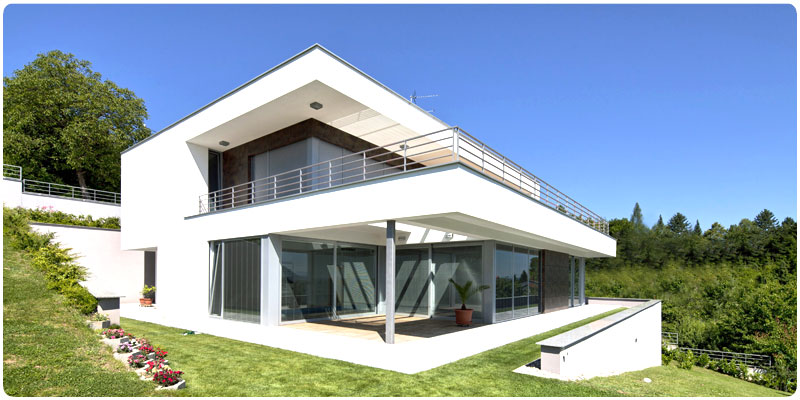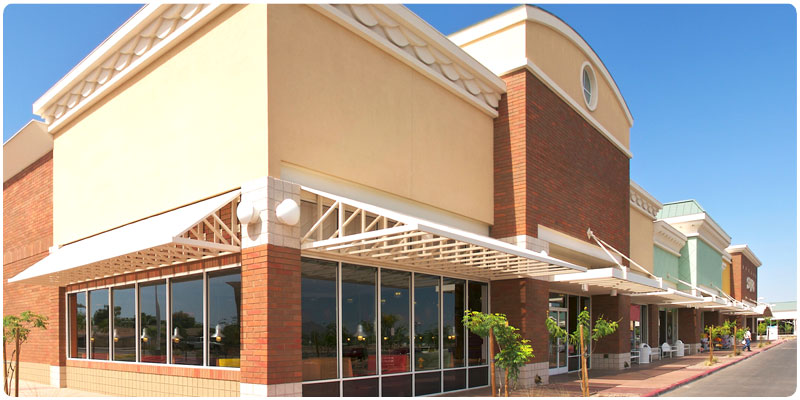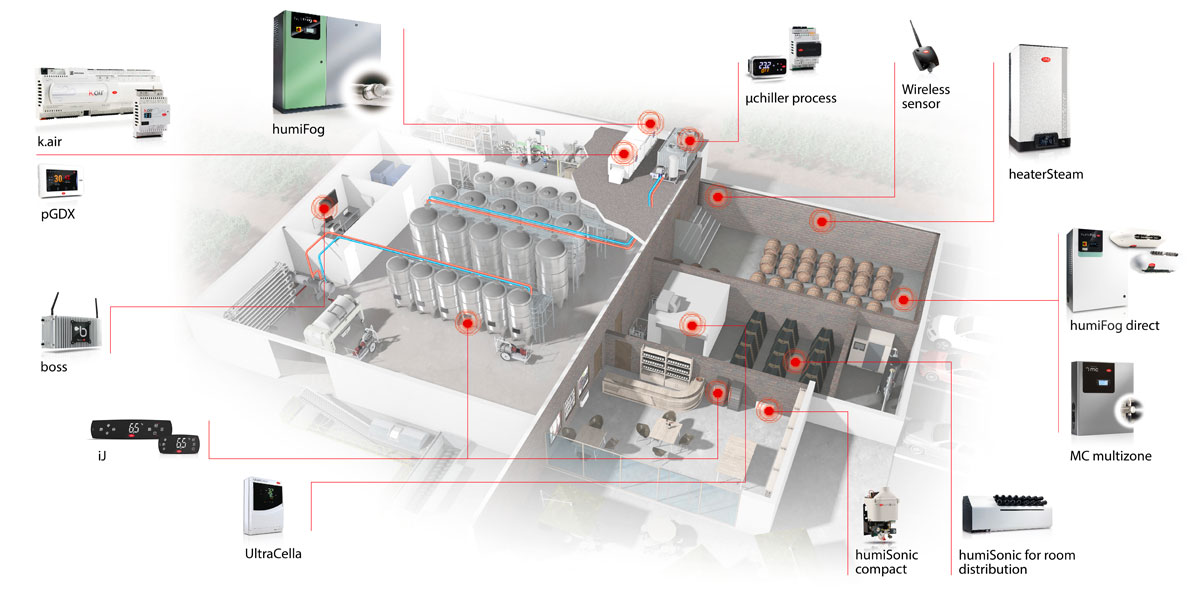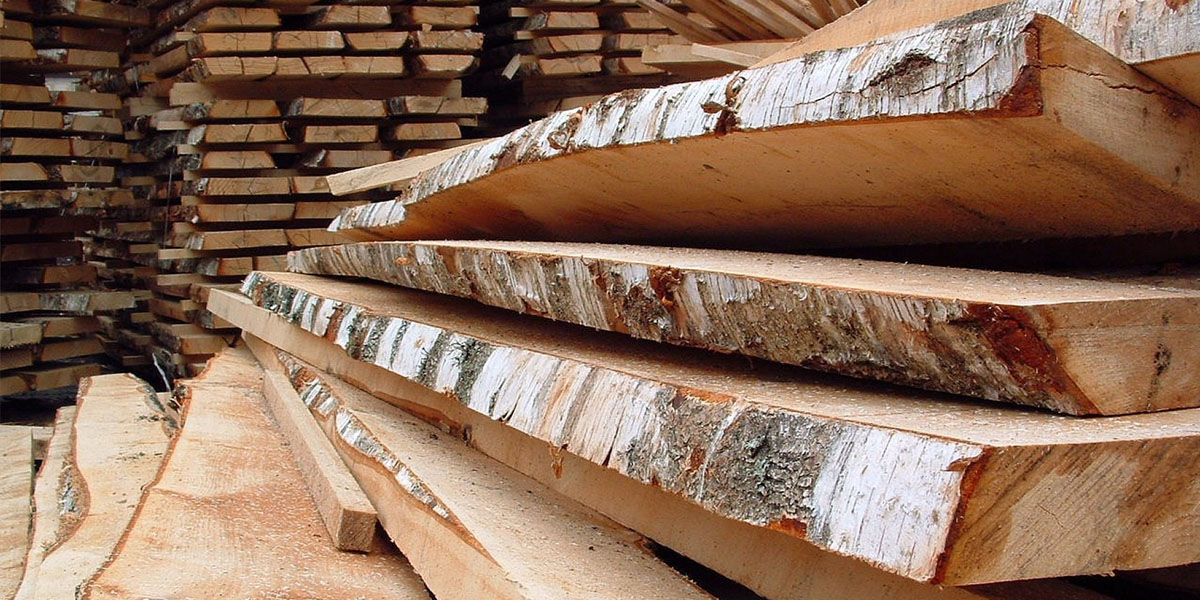Electronics and Hi-tech industries
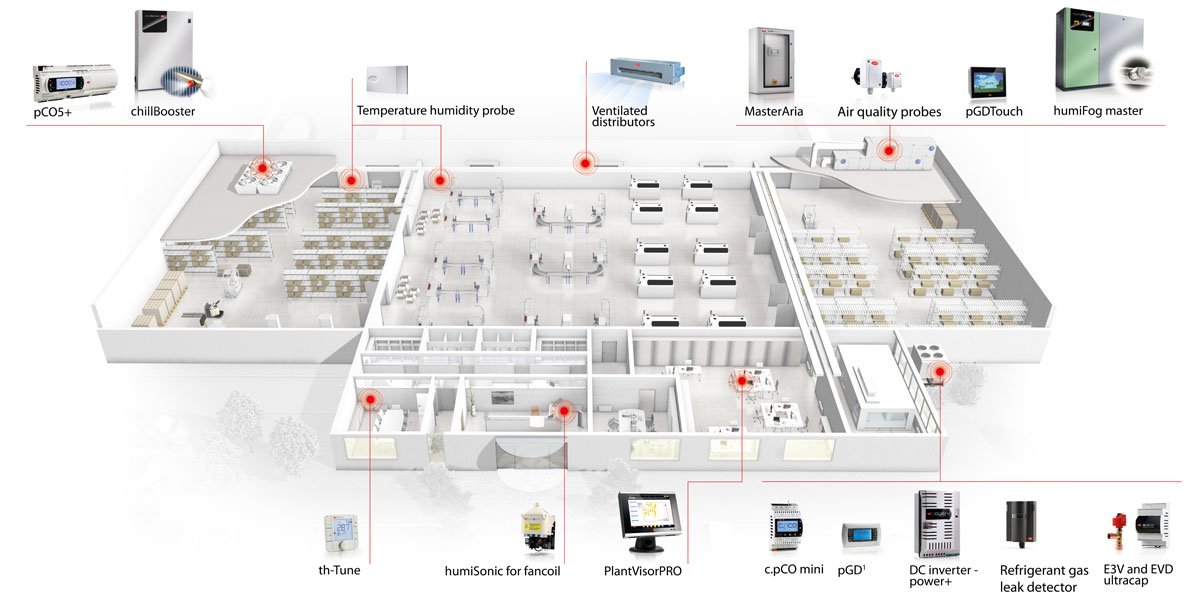
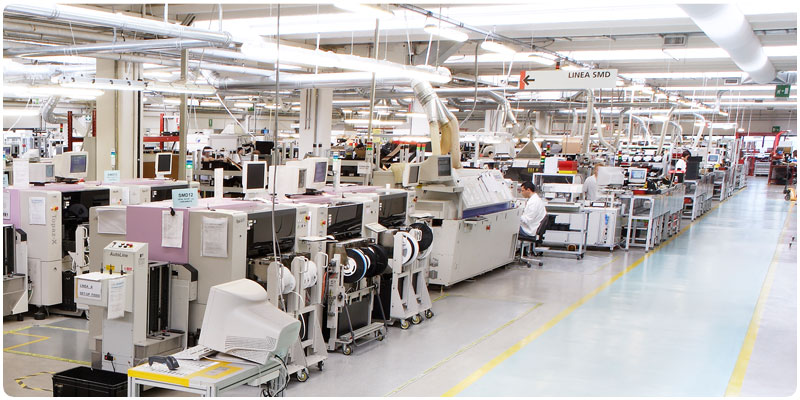
-
General characteristics
In the electronics and hi-tech industries, precise air humidity control is essential.
Dry air, meaning a relative humidity less than 40-45%, is a poor conductor, and therefore there may be a buildup of static charge, with static potential even reaching the thousands of volts. In certain conditions, this may lead to static discharges, which can damage electronic components and cause products to malfunction. Consequently, it is a major problem in this sector, especially when also considering that the increasingly minute sizes of components means discharges are more likely.
Keeping air humidity within controlled limits (relative humidity typically around 55%) eliminates the possibility of static charges accumulating, as the air itself becomes a natural conductor that discharges any static electricity to earth.
No less important is the fact that the speed of many chemical reactions, including oxidation, depend on temperature and humidity, and consequently these values need to be kept within a very precise range. Moreover, certain steps in the production process, in particular soldering, generate large amounts of heat, bringing about considerable increases in temperature and as a consequence a localised reduction in relative humidity.
To ensure correct operation of the production processes and product quality, as well as workplace safety, systems are required that ensure precise air temperature and humidity control.
Solutions include steam humidifiers, typically for lower loads, and adiabatic humidifiers, when loads are higher.
The latter are very advanced appliances that work by atomising water into very fine droplets, which evaporate spontaneously, thus cooling the air. As well as having very low energy consumption, these appliances also reduce air-conditioning load, an aspect that is extremely useful in places where the machinery or equipment used generates large amounts of heat. In addition, by atomising demineralised water, the amount of mineral dust carried in the air stream is minimised. -
Plus
Control of room temperature-humidity conditions means:
• Eliminating the risk of electric discharges that can damage components;
• Improving production process control;
• Improving workplace safety;
• Improving the comfort of operators, and consequently their level of attention;
• Reducing air-conditioning load using systems adiabatic, thus saving energy.
Documentation
Commercial
-
Other related documentation
* Entries are ordered by date
Code Description Language Date * Release +3000193EN Direct humidification: Advanced solutions for industrial and commercial environments ENG 29/05/2025 1.2 +3000193IT Umidificazione diretta: Soluzioni all’avanguardia per ambienti industriali e commerciali ITA 29/05/2025 1.2


